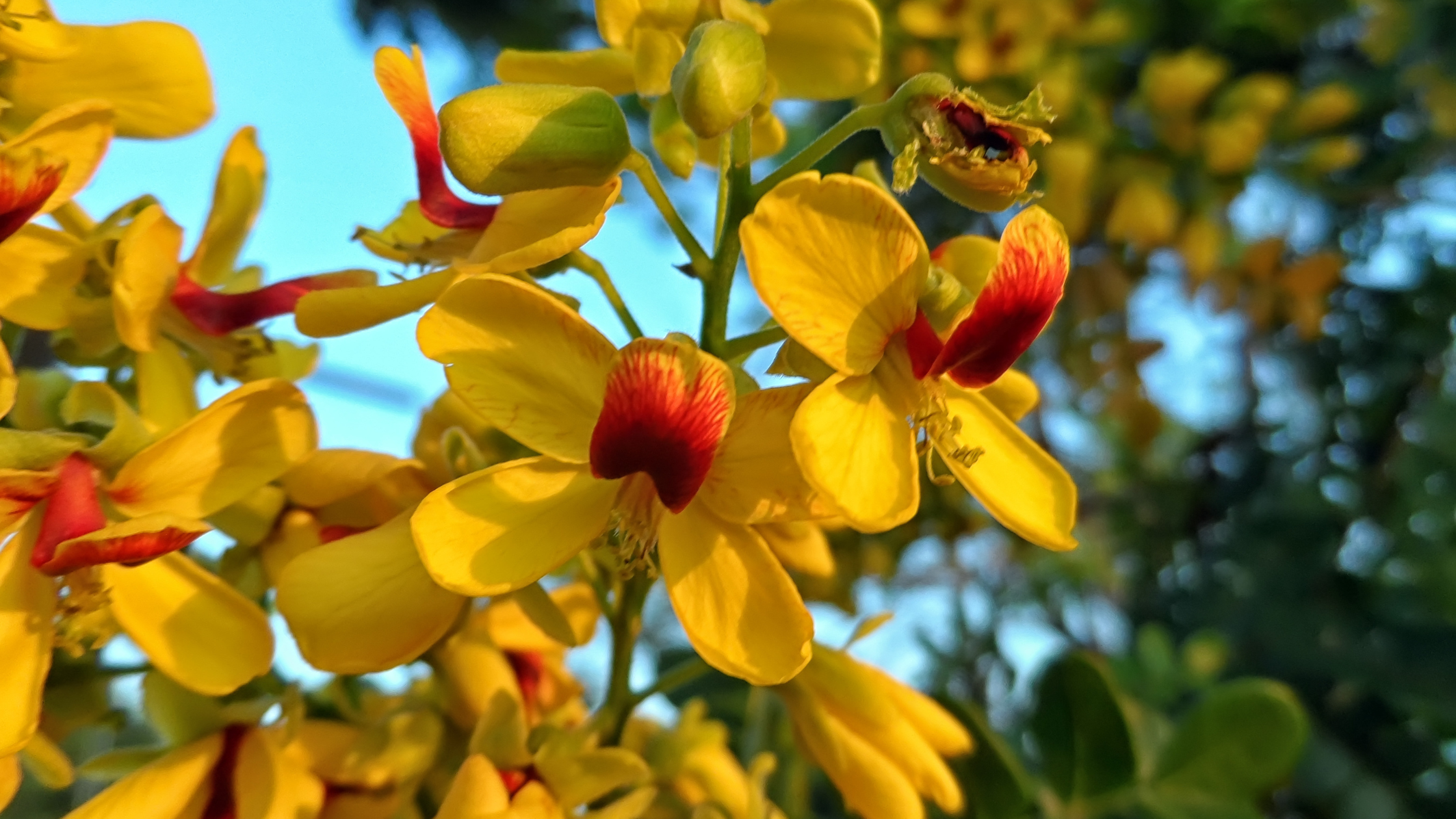Introduction
In the heart of the lush Brazilian rainforests, a tree of great historical and cultural significance stands tall – the Paubrasilia echinata, commonly known as Brazilwood.
This magnificent tree has played a pivotal role in shaping the history, trade, and art of various civilizations, making it a botanical treasure with a rich and vibrant story to tell. It’s no coincidence that Brazil, is the only country in the world to be named after a tree.
Botanical Background
Paubrasilia echinata, a member of the Fabaceae family, is a hardwood tree native to the Atlantic Rainforest in Brazil. Also known as Pau-Brasil, the tree can reach heights of up to 15 meters and boasts distinctive features such as a reddish-brown bark and compound leaves. Its scientific name, “echinata,” refers to the spiky appearance of its seed capsules.
Historical Significance
The history of Brazilwood is closely intertwined with the early exploration and colonization of Brazil. Portuguese explorers, led by Pedro Álvares Cabral in 1500, discovered the abundance of Brazilwood along the coast. The vibrant red dye extracted from its heartwood became highly sought after in Europe for dyeing textiles and creating inks.
The original collectors of the dyewood were called brasileiros, after whom the country is now named. Synthetic dyes only became available in 1875, by which time dramatic population declines had already taken place and continued to occur until the 1920s.


Trade and Economic Importance
During the 16th and 17th centuries, Brazilwood became a key commodity in the transatlantic trade, driving economic development in the Brazilian colonies. The tree’s red dye, known as “brasilin,” was highly valued for its colorfastness and unique hue. The demand for Brazilwood was so high that the Portuguese Crown established strict regulations to control its extraction, leading to conflicts with other European powers.
The economic importance of Brazilwood extended beyond its immediate trade value. Revenue generated from Brazilwood exports fueled infrastructure development, funded colonial administrations, and played a pivotal role in the economic prosperity of the Brazilian colonies. The legacy of this economic boon echoes through the centuries, underscoring the profound impact that a single tree species could have on the course of history and global commerce.
Conservation Challenges and Efforts
Despite its historical and cultural significance, the unregulated harvesting for its valuable heartwood led to a significant decline in the population of Paubrasilia echinata. This alarming trend has prompted the International Union for Conservation of Nature (IUCN) to categorize the Brazilwood tree as an endangered species, underscoring the urgent need for intervention to safeguard its existence.

The multifaceted approach to securing the conservation of endangered tree species, such as Brazilwood, encompasses a spectrum of strategic measures:
- Research into Decline Reasons
- Protective Legislation
- In Situ Protection
- Population Management
- Ecological Restoration
- Control of Invasive Species
- Ex Situ Conservation
- Education and Capacity Building
- Community Engagement and Sustainable Livelihoods
The Urgency of Preventing Extinctions
Nearly 30% of tree species are considered threatened. As the threats to biodiversity intensify, major efforts are required to prevent the extinction of tree species like Paubrasilia echinata. This necessitates a collaborative approach.
Join us in supporting high-quality carbon offset projects that play a pivotal role in safeguarding vital ecosystems, including those housing endangered tree species such as the Brazilwood.
Your contribution is crucial in funding essential research, implementing protective and restoring measures, and driving community engagement initiatives dedicated to the preservation of endangered tree species.
By aligning with our nature-based solution projects, you actively participate in the collective effort to conserve and restore our planet’s ecosystems for a sustainable and resilient future.
Fonts: The IUCN Red List of Threatened Species. Varty, N. 1998. Caesalpinia echinata.
BGCI (2021). State of the World’s Trees.









